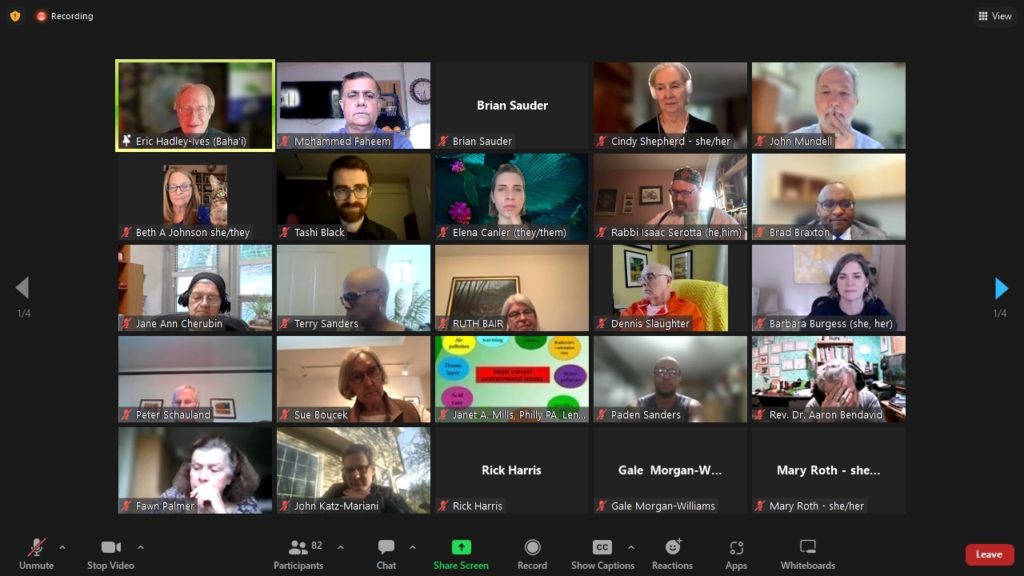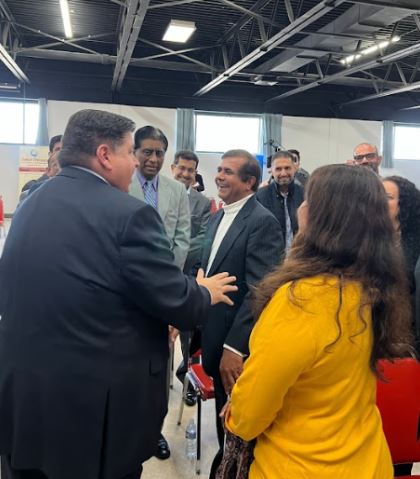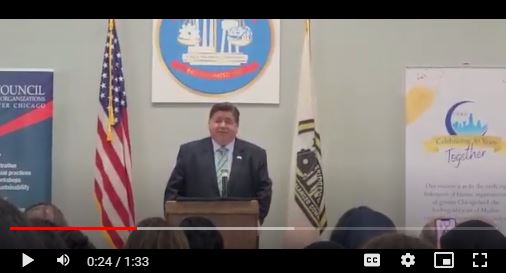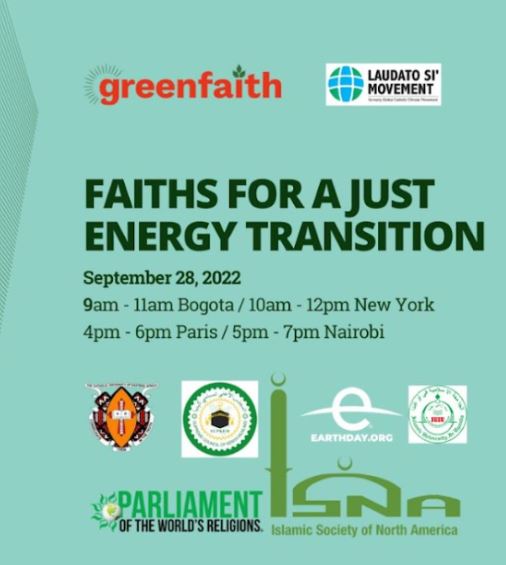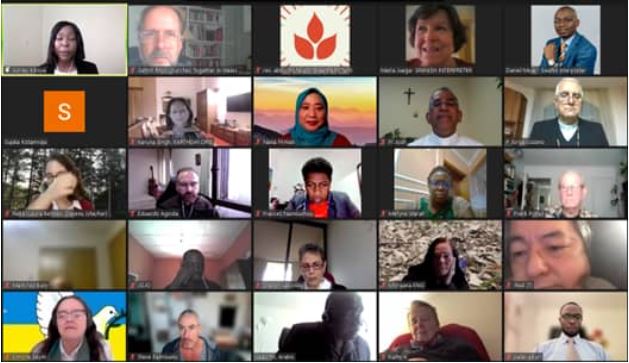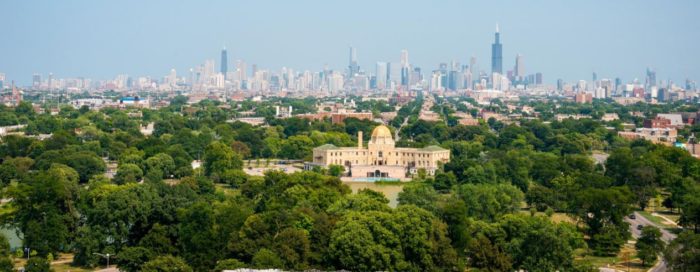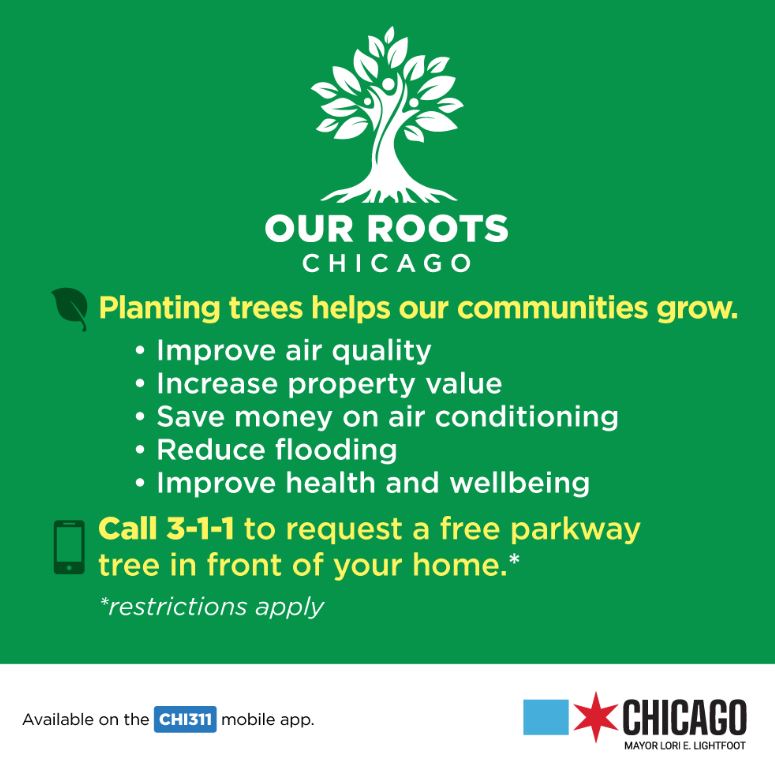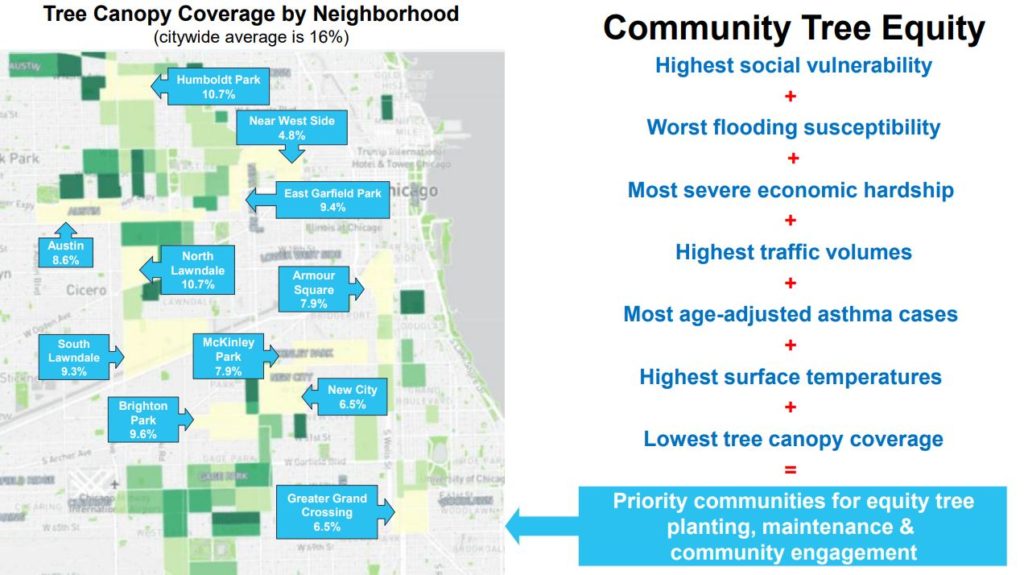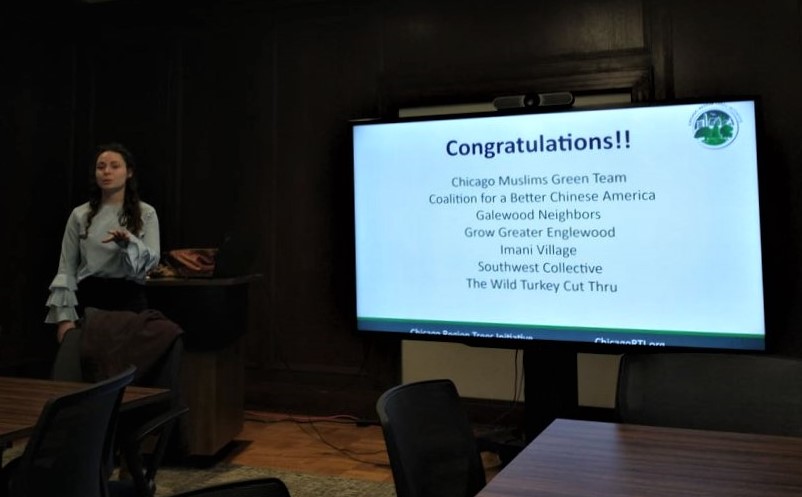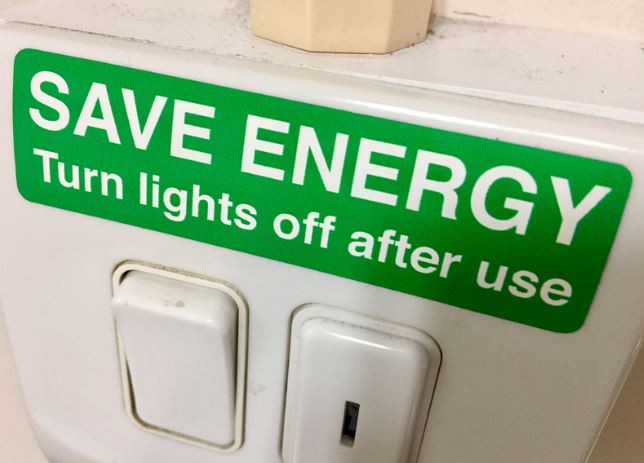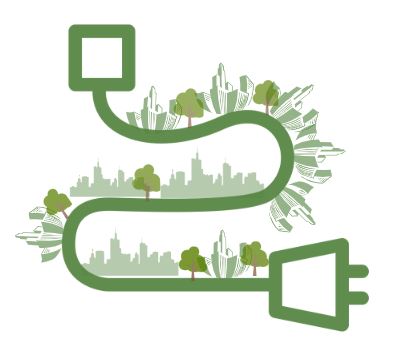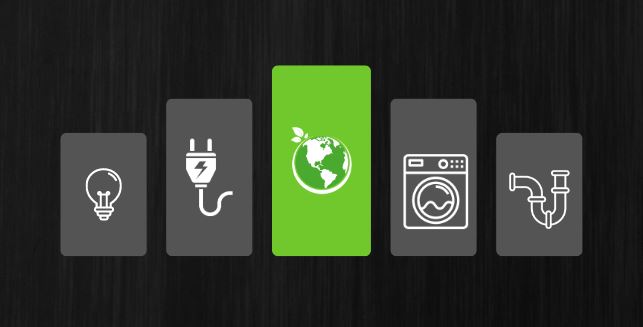Our New Executive Assistant
We are happy to welcome Layalee Beirat, CMGT’s new Executive Assistant. Layalee’s first activity with the CMGT was when we participated at the Openlands Community Tree Planting in the Fall 2022, located in the Little Village neighborhood.
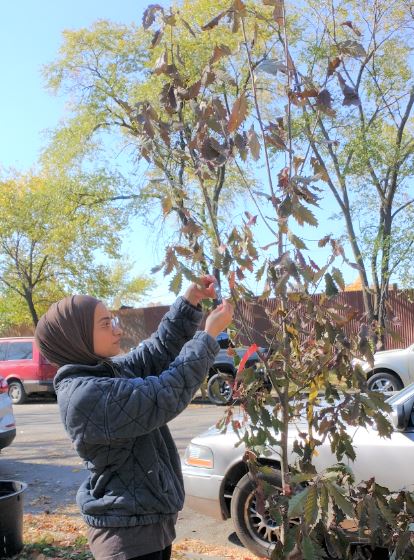
CMGT on the News
Last March, CMGT was interviewed by Muslim Travelers, an Indonesian Award Winning TV show. The interview was aired in April, close to Eid and Earth Day. It focused on Masjid Al Farooq, the CMGT’s main partner in the 2023 Green Mosque Program and Tree Ambassadors Program. The 3 parts of the show can be found on Youtube here: Part 1, Part 2, and Part 3.
On May 8, 2023, CMGT was featured in Media Milwaukee represented by CMGT’s Executive Director, Caroline Williams and former CEO, Rohany Nayan. Click HERE to read the article.
The CMGT also was featured on May 2023 Tree Ambassadors Program Newsletter, published by the CRTI (Chicago Region Tree Initiative). Click HERE to read the article.
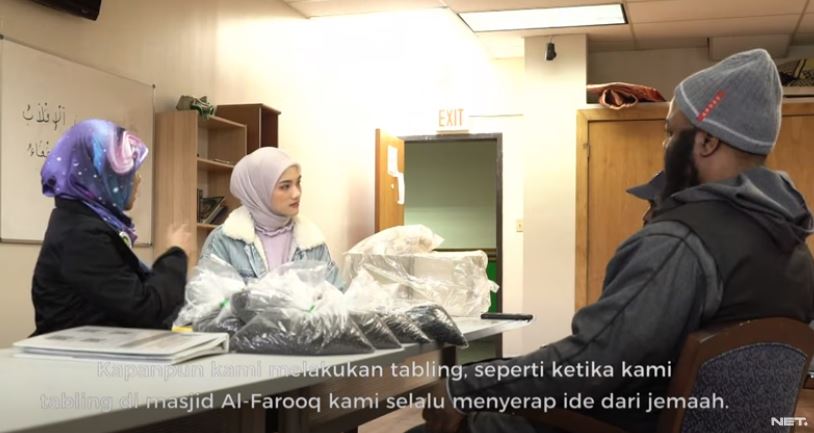
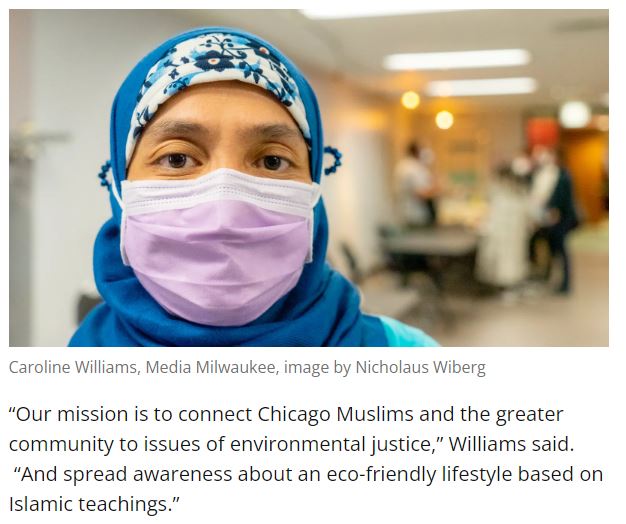
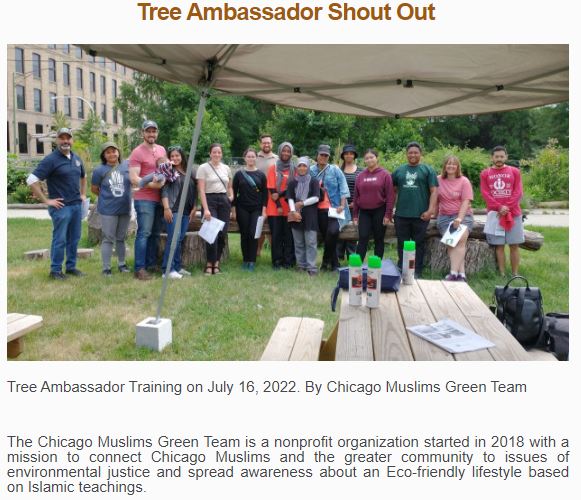
Board & Executive Members’ Activities
Board President Mohammed Faheem gave a speech at the Faith in Place‘s Earth Day Vigil on April 27th. Click HERE to read the speech.
Board Member Nana Firman who is also a representative of ISNA Green Initiative and Green Faith was interviewed by ABC News on April 21, 2023. Click HERE to see the video.
Board member and Executive Director Caroline Williams received an invitation from Mayor Lori Lightfoot to attend the 2023 Asian American & Pacific Islander Heritage Month. Caroline said farewell to Mayor Lori and thanked her administration for starting Our Roots Chicago, a tree equity program and invited the CMGT since its early formation.
